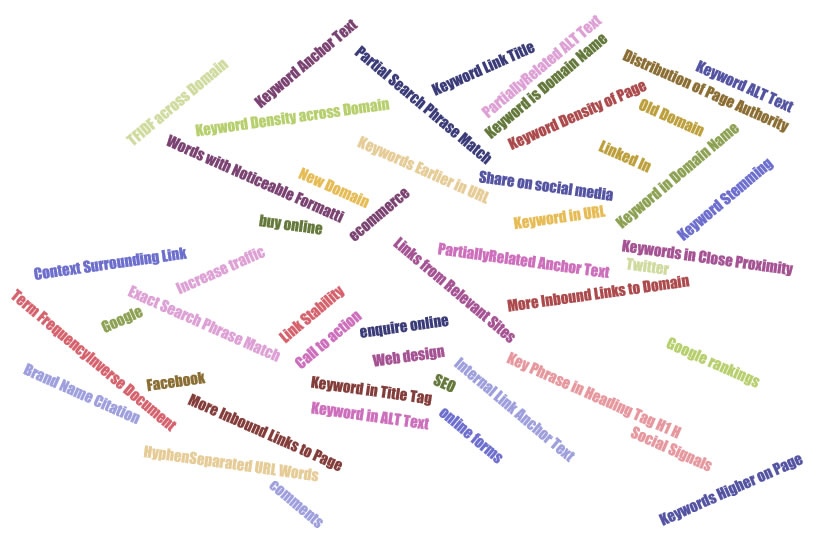As a busy business owner you probably haven’t got the time to wade through the huge volumes of information about making your website generate more business. A lot of the information is aimed at SEO or digital marketing professionals so could either be very technical or packed with lots of obscure jargon. What we have tried to do here is not shield you from the jargon, but just pick out some essentials that you need to consider to help you generate more business from your website.
Here are the main ways you can generate more business:
- Generate more good quality web visitors – the emphasis is on quality first and then quantity
- Get those visitors to do one or more of the following, your ‘Call to action’:
- buy a product or book a service
- enquire about your products or services by phone, email or online chat
- share a link to your website on social media
- add a link to your website on their website
- add your website to their browser favourites
- interact or leave a comment
- come back to your website
- recommend your website to others
If you can get one or more of the above to increase consistently over time then you are likely to generate more business. As with any aspect of marketing, nothing is absolutely certain but using the British Cycling manager Dave Brailsford’s principal of aggregate marginal gains:
Focus on improving components that can significantly affect overall performance by just 1%
… the compound effect can be very significant and yield great results.
SEO and web design
Generating more good quality web visitors is an issue of Search Engine Optimisation combined with more traditional forms of marketing, pay per click advertising (e.g. Google AdWords, Facebook Ads etc) and social media activity. If your website ranks above your competitor in search engine results pages (SERPS) then you’re likely to get more web traffic.
Once you get the right people to your website then it becomes an issue of web design and building a great user experience.
Here are some important principles that encompass both SEO and web design.
Responsive web design
Nowadays website design should be responsive i.e. display and work across all Internet connected devices such as Desktops, Laptops, Mobiles and Tablets. This is driven by an upsurge in usage and Google’s mobile friendly update in April 2015: anyone using Google on a mobile device i.e. a tablet or a smartphone, will find mobile friendly or responsive websites higher than non-responsive website in the search engine results pages. The complication is that the content should be viewable and usable across all devices, hence responsive web design.
Use text for the important parts
Search engines have got better at indexing rich media like video and images but text is still the best option for search optimization. The Google webmaster guidelines specifically state to “Try to use text instead of images to display important names, content, or links. The Google crawler doesn’t recognize text contained in images.”
You need to aim for including keywords in content and about 300 words per page. You should also include keywords in headings and embolden keywords without getting too carried away. The text should still read well without too much ‘keyword stuffing’ as Google checks for this and downgrades websites that do too much.
The old emphasis on building links has lessened in recent years to be replaced by a ‘build it and they will come’ approach: if you have a useful or interesting content and tell people about it, they will link to you naturally.
Optimise images and improve page speed
If you make sure your image file sizes are as small as possible while still being good quality, then your mobile users will be grateful for saving a bit of their data allowance and making the website display quicker. Also make sure the images are given descriptive filenames (not like image00032.jpg) and ‘Alt’ tags so search engines can index them effectively.
Also page speed is a concrete ranking factor and, with all other things being equal, a faster website will be ranked higher than a slower competitor. See our earlier blog posting on improving page speed.
Think about the user experience
The Google webmaster guideline also advise making “a site with a clear hierarchy and text links. Every page should be reachable from at least one static text link.” There is a real emphasis on usability and ensuring people can use and find their way around your website.
This means that time spent on web design and ensuring a good user experience is time well spent. Test your website thoroughly in different situations with typical users and act on their feedback.
What’s in it for search engines?
Google and other search engines are only really concerned about their users and what happens when they link to your website. They have automatic routines in their algorithms that check for a good user experience which has been refined over the years. Google’s continuing market dominance shows it is very effective at displaying the most relevant results for their users and that’s why people keep using. it as their primary search engine.






